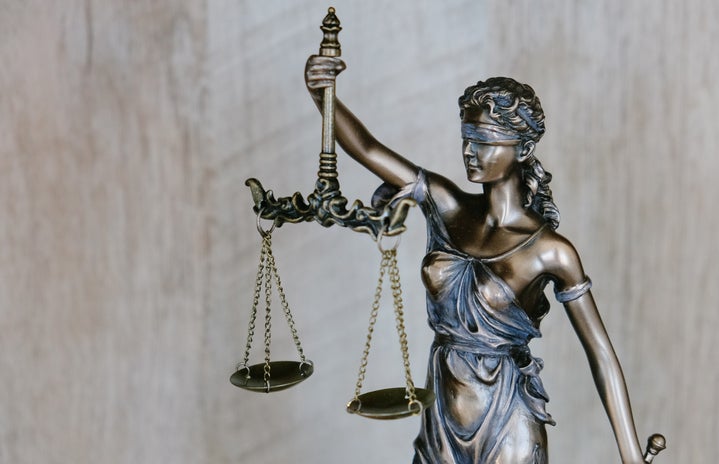Imagine This: 58 Years of Wrongful Imprisonment
Total isolation. Living in fear. Under continual threat of the death penalty. You know you’re innocent, but the system won’t believe you; This was the story of Iwao Hakamada. In 1968, Hakamada was wrongly convicted of murder and for 58 years bore the burden of an unjust death sentence. His family was fighting for his release and finally in 2024, the Japanese courts acquitted Hakamada at 88 years old. This tragic incident from the Japanese judicial court serves as an urgent signal that the existence of the death sentence needs to be questioned.
A Justice System Prone to Error
Something that surprises me is the overwhelming public support for Japan’s death penalty, with 80.8% of people in a 2019 survey stating it’s “necessary in some cases.” But as university students, we have to ask ourselves: can we really identify which cases are “necessary” enough to warrant taking a life? Are we in any position to decide on someone else’s matter of life and death? The recently released Netflix show Monsters: The Menendez Brothers captures the gravity of this decision. One juror reflects, “And I hope we make a decision we can live with. Just like they [Menendez Brothers] did that night [murders of their parents in Beverly Hills]. Because we’re going to have to live with it for the rest of our lives.” (Episode 9)
Hakamada’s case shows us a critical flaw in the Japanese system: it’s far from perfect, and wrongful convictions happen more often than we’d like to believe. Saul Lehrfreund a co-executive director of the Death Penalty Project published on the Oxford University law faculty blog: “Rather than using public opinion as an excuse for retaining the death penalty, political leaders in Japan should exercise their judgment based on an informed and rationale appreciation of the case for abolition, recognizing that no justice system can be perfect.”
It leaves us with a horrifying thought: how many more wrongful convictions are hidden among Japan’s death row cases?
Why the Death Penalty is Irreversible and Dangerous
For me, the problem with the death penalty is that it’s final—there’s no going back. Hakamada’s case reminds us all that no system is foolproof. If DNA testing had been unavailable, or his appeals had fallen short, he might not have lived to see freedom. Once a death sentence is carried out, there’s no fixing a mistake, no restoring justice. I find it troubling that Japan, a country that values “order and justice” and includes in the constitution, “No person shall be deprived of life or liberty except by procedure established by law,” (Chapter 3, Article 31) still supports this irreversible punishment. How can we claim to value life and justice while risking the execution of innocent people?
We are the generation that must ask hard questions about the systems we inherit. Why does Japan, a country strongly emphasizing human rights and democracy, still hold onto this outdated practice? Public support for the death penalty often rests on the belief that it acts as a deterrent, but we need to counter that narrative with research. For example, the Criminal Justice Legal Foundation reviewed over three decades of studies and found that claims of the death penalty’s deterrent effect on murder rates are fundamentally flawed. Even Amnesty Japan argues that the death penalty doesn’t deter crime, pointing to data from around the world where countries with and without capital punishment have similar crime rates.
Making Change Happen
The group Amnesty International has been speaking out against the death penalty, challenging the execution system, and working towards reforms. I believe Hakamada’s case shows just how high the stakes are. There are no do-overs once a life is taken. Just like how jurors feel the weight of capital punishment, we citizens should also know.
It’s on us, as students, to advocate for a justice system that values human rights. I believe Hakamada’s story reminds us why the death penalty should be challenged in Japan’s justice system, and it’s up to our generation be the ones to question it. Let’s make decisions we can live with.


